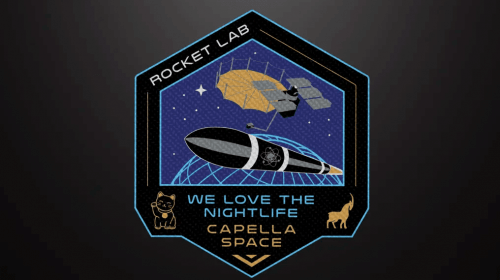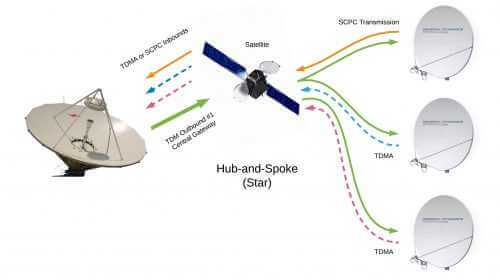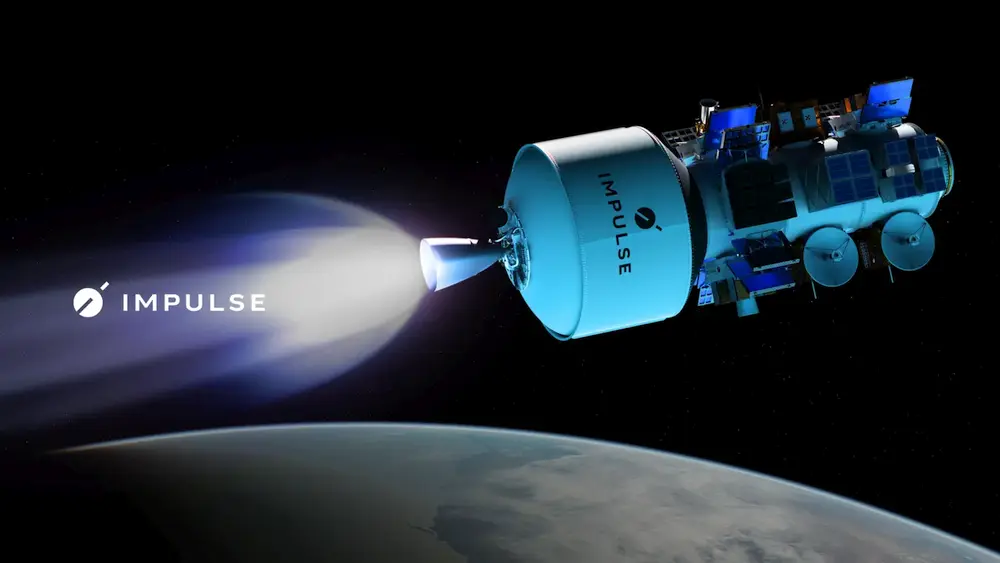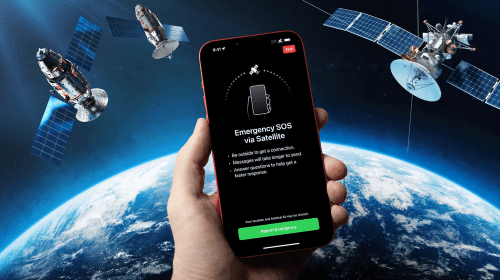Can New Agreements Protect Astronomy from Satellite Interference?
Jul 08, 2025
A coordination agreement between the U.S. National Science Foundation and Amazon Project Kuiper that covers the full range of satellite operations is the most recent success in this effort to ensure the needs of ground-based astronomical research are not overwhelmed by large satellite constellations. The signing is the culmination of months of technical work between Project Kuiper and teams at the NSF National Optical-Infrared Astronomy Research Laboratory, and NSF National Radio Astronomy Observatory. This collaboration demonstrates NSF’s commitment to ensuring that commercial satellite operations and scientific research activities can co-exist.
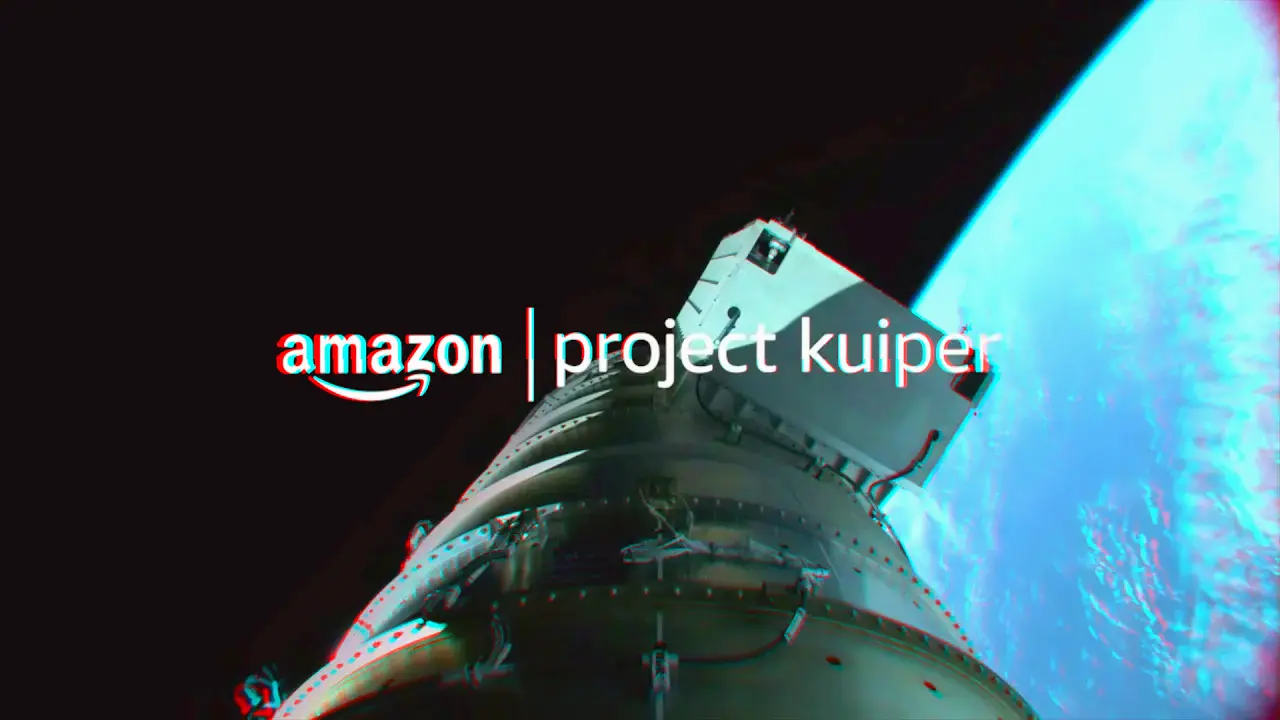 Amazon Project Kuiper promo. Credit: Amazon
Amazon Project Kuiper promo. Credit: Amazon
The agreement addresses optical and radio astronomy coordination issues. Project Kuiper will reduce satellite brightness through design changes and attitude control, while providing orbital data to help schedule observations. The coordination includes technical work to protect radio astronomy through beam avoidance technologies. Chris Smith from NSF thanked participating satellite companies for preserving astronomical research capabilities, while Project Kuiper’s Chris Hofer emphasized their commitment to responsible operations and coexistence with ground-based astronomy.
AST SpaceMobile Coordination Framework
In follow-up to previous satellite coordination, NSF has now signed a new coordination agreement with AST SpaceMobile to work with NSF facilities and the U.S. astronomical community to mitigate the effects of AST SpaceMobile satellites on ground-based astronomical observing facilities. AST SpaceMobile is collaborating with AT&T to offer a low Earth orbit cellular broadband network that presents special challenges for radio astronomy activities. The NSF and AST SpaceMobile coordination builds on the long-term partnership of the NSF Green Bank Observatory and AT&T, including the specially designed low-power antenna system already in use at the ski resort facility at Snowshoe Mountain in West Virginia.
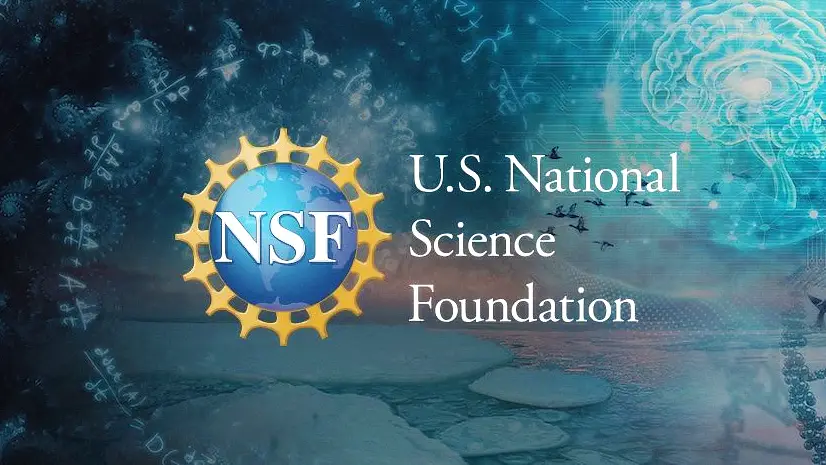 U.S. National Science Foundation Logo. Credit: Google
U.S. National Science Foundation Logo. Credit: Google
The agreement establishes mitigation measures for AST SpaceMobile’s interference with astronomical observations, in accordance with International Astronomical Union guidelines. The most significant actions are the lowering of satellite brightness, keeping orbits below 700 km, and providing orbital data to help schedule observations. In August 2024, NSF financed the NOIRLab to create prediction tools to track satellites. The partnership also examines the effects of lasers on satellites, and will make sure downlinks in the future do not damage radio astronomy receivers. These partnership arrangements require extensive technical collaboration and field testing to determine the effects of the satellite operation on ground-based observations. The test procedures focus on the particular issues posed by direct-to-cell satellite communications, and the probable effects on sensitive radio astronomy receivers.
Technical Implementation and Testing Protocols
The coordination framework is also applied to the collaboration with the NSF Office of Polar Programs to reduce the impact of satellites on polar region radio astronomical observatories if AST SpaceMobile satellites serve polar regions in the future. This is a proactive approach that shows that NSF is committed to protecting astronomical research capabilities under any circumstances. The polar regions are particularly significant due to the unique atmospheric conditions and the existence of specialized research centers. Since 2019, NSF has coordinated with satellite constellation operators to reduce impacts on ground-based astronomy infrastructure. This program has helped establish NSF as a leader in mitigating the issues of the increasing commercial satellite activity. The systematic coordination initiatives of the foundation have established a flexible system that can be modified and utilized to new satellite technologies and operators, so that the capacity to conduct astronomical research can be maintained as the commercial space industry continues to expand.
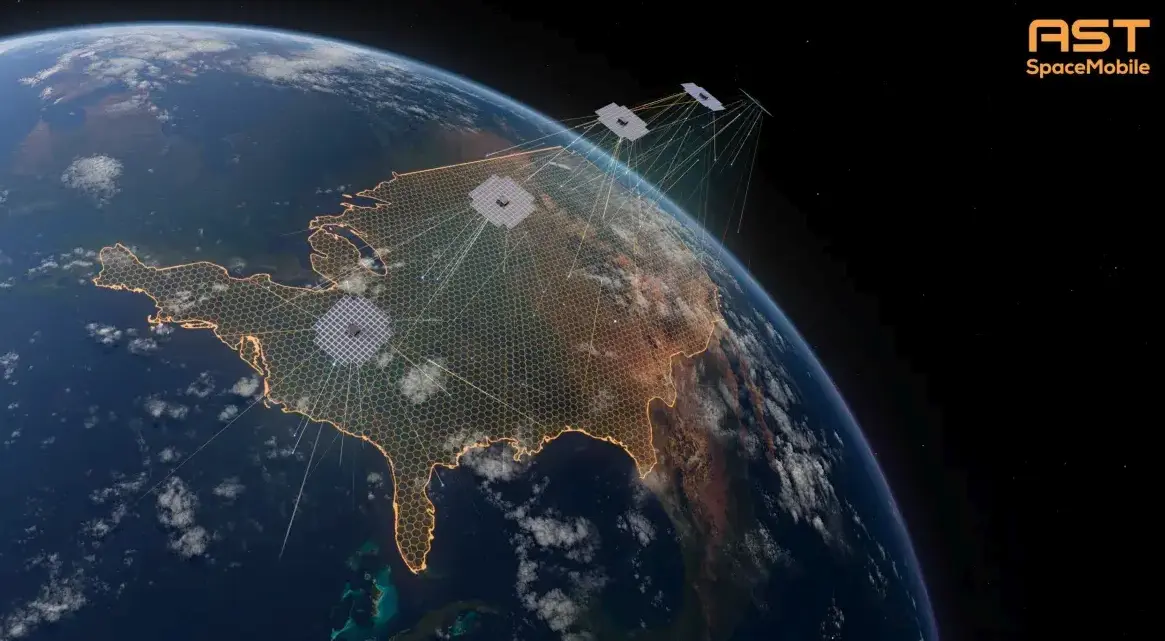 AST SpaceMobile promo. Credit: AST SpaceMobile
AST SpaceMobile promo. Credit: AST SpaceMobile
Such coordination activities are facilitated by a set of regulations adopted by the FCC licensing that mandate satellite constellation operators to coordinate with NSF. The FCC license that Project Kuiper received directly binds the applicant to cooperate with NSF, which gives a legal basis to the technical cooperation described in the agreement. This regulatory method implies that satellite operators will be required to first consult with the astronomical community before launching their constellation, and provide them with a chance to overcome possible conflicts prior to impacting active research. The FCC’s ability to implement these coordination requirements illustrates the relevance of regulatory control in dealing with the ever-growing complexities of space-based communication systems.
Regulatory Framework and Future Outlook
The bigger picture of NSF is to support research and education to contribute to the progress of science, national health, prosperity and welfare, and national defense. The foundation was established by Congress in 1950, and its main objective is to award grants which take up approximately 25 percent of the federal expenditures in basic research in American colleges and universities. This is curiosity-based, discovery-based research that has maintained the United States in the vanguard of science and engineering. The strategic plan of the foundation underlines the significance of the U.S. leadership in the world of scientific discovery that will benefit everyone with no obstacles to access. To guarantee a fair, competitive, transparent and thorough evaluation of the proposals, the foundation has an intensive merit review system. Each year, approximately 50,000 scientists, engineers and educators are employed to act as independent reviewers of the proposals that are submitted to NSF, and the foundation has about 1,500 federal employees and 200 scientists at research institutions on temporary basis.
The coordination agreements between NSF and major satellite constellation operators represent a landmark achievement in balancing the rapidly expanding commercial space industry with the preservation of critical astronomical research capabilities. These strategic partnerships demonstrate that through sustained collaboration between government agencies, academic institutions, and private industry, even the most complex technical challenges can be successfully addressed while simultaneously advancing scientific discovery and promoting economic growth. The comprehensive framework established by these agreements creates a robust foundation for future coordination efforts, ensuring that the commercial space sector can continue its dynamic expansion while maintaining compatibility with ground-based astronomical observations. This collaborative approach has proven that innovative technical solutions, combined with transparent communication and mutual respect for both commercial and scientific objectives, can effectively resolve potential conflicts before they impact active research programs. As the commercial space industry continues to evolve and expand, these precedent-setting agreements ensure that the United States will maintain its leadership position in both space commerce and scientific exploration of the universe, creating a sustainable model for responsible space development that benefits all stakeholders.

